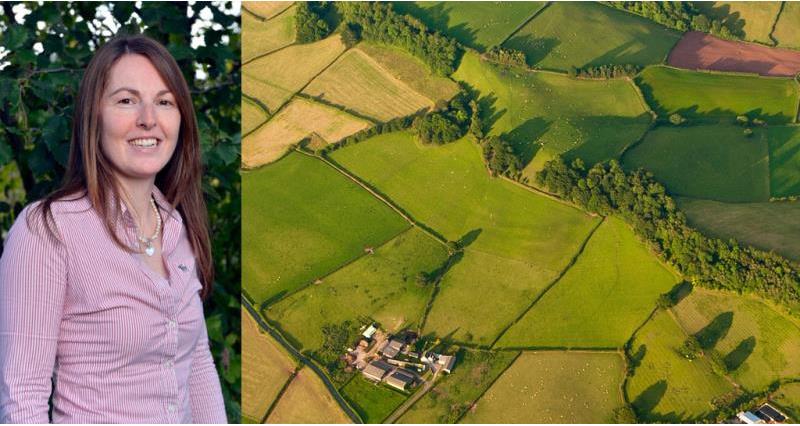She writes:
RPA inspectors can arrive unannounced to commence an inspection, or if you’re lucky you may get a maximum of 48 hours notice. Whatever your thoughts are on the RPA or the inspector, do not refuse access, as this could result in you losing 100% of your BPS payment.
Livestock
Livestock identification and record-keeping, are always areas where high numbers of breaches are found each year, which can lead to cross compliance penalties on your BPS payment. If penalties are imposed, you do have the option to appeal if you are not happy with how the inspection was carried out or if you believe the inspector is incorrect.
NFU Callfirst can talk through the options with you.
Where cattle are involved, the key is to regularly check the information held on CTS (Cattle Tracing System) against your on-farm records and correct any inaccuracies as soon as possible. It’s worth looking at what computer programmes are available to assist with record-keeping, and hopefully reduce admin errors. Remember that you need to notify CTS of cattle movements within three days, deaths needs to be notified within seven days and passports applied for within 27 days of birth. If a keeper is consistently late notifying CTS of movements, this is likely to increase the risk of having an inspection.
With sheep, again it is crucial to check the accuracy of on-farm records with the ARAMS database (Animal Reporting and Movement Service) and ensure they are both kept up-to-date. Defra provides a sheep and goat holding register, which we would recommend you use, as it states all the information you are required to keep. You can find it on www.gov.uk, where you can download a hard copy or an excel spreadsheet version. Don’t forget the sheep & goat annual inventory on 1 December. Not only do you need to notify Defra, you must also keep a note in your on-farm records. Failure to complete the annual inventory can increase your chances of an inspection.
More...
- Read more of our expert staff blogs
- Our dedicated BPS pages
- BPS, environmental stewardship and Brexit
- If it affects your bottom line, you'll find it on our farm business pages
Public rights of way
With field work underway, ensure you make good the surface of a cross-field footpath or bridleway within 14 days of the first disturbance if you are sowing a crop, or within 24 hours in other circumstances. Ensure you indicate the route of a reinstated cross-field footpath or bridleway so that it’s visible on the ground. Make sure you don’t obstruct a public right of way, for example by locking gates, allowing overhanging vegetation or by blocking the path by a fence etc.
Where maintenance is your responsibility, make sure any stiles or gates are kept safe and are reasonably easy to use. For all public rights of way, check that the minimum width requirements are met. Further information can be found in the 2016 cross compliance handbook, available at www.gov.uk.
As always, please call NFU CallFirst on 0370 8458458 if you have any questions on cross compliance.
